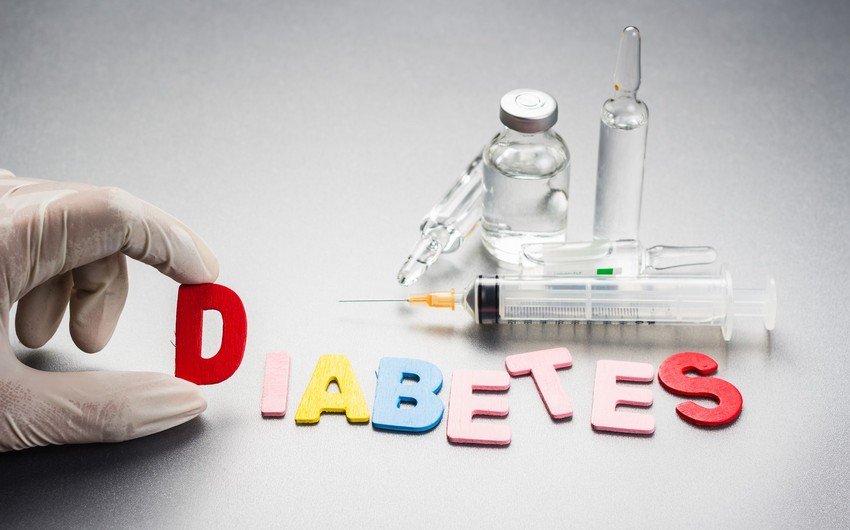Since 1991, November 14 has been observed as World Diabetes Day at the initiative of the World Health Organization (WHO) and the International Diabetes Federation. Since 2007, this day has been held under the auspices of the UN. In 2006, the UN General Assembly adopted a resolution on diabetes.
According to Report, although diabetes is still among incurable diseases, it can be controlled with insulin. Currently, diabetes, along with atherosclerosis and cancer, is considered one of the top three diseases causing disability and death worldwide.
As stated in the article in The Lancet Journal, diabetes can be detected at the primary health-care level, and effective treatments lower the risk of complications.
“We used data from 1,108 population-representative studies with 141 million participants aged 18 years and older with measurements of fasting glucose and glycated hemoglobin (HbA1c), and information on diabetes treatment. We defined diabetes as having a fasting plasma glucose (FPG) of 7·0 mmol/L or higher, having an HbA1c of 6·5% or higher, or taking medication for diabetes. We defined diabetes treatment as the proportion of people with diabetes who were taking medication for diabetes. We analyzed the data in a Bayesian hierarchical meta-regression model to estimate diabetes prevalence and treatment.
In 2022, an estimated 828 million (95% credible interval [CrI] 757–908) adults (those aged 18 years and older) had diabetes, an increase of 630 million (554–713) from 1990.
From 1990 to 2022, the age-standardized prevalence of diabetes increased in 131 countries for women and in 155 countries for men with a posterior probability of more than 0·80. The largest increases were in low-income and middle-income countries in southeast Asia (eg, Malaysia), south Asia (eg, Pakistan), the Middle East and north Africa (eg, Egypt), and Latin America and the Caribbean (eg, Jamaica, Trinidad and Tobago, and Costa Rica).
Age-standardized prevalence neither increased nor decreased with a posterior probability of more than 0·80 in some countries in western and central Europe, sub-Saharan Africa, east Asia and the Pacific, Canada, and some Pacific island nations where prevalence was already high in 1990; it decreased with a posterior probability of more than 0·80 in women in Japan, Spain, and France, and in men in Nauru.
The lowest prevalence in the world in 2022 was in western Europe and east Africa for both sexes, and in Japan and Canada for women, and the highest prevalence in the world in 2022 was in countries in Polynesia and Micronesia, some countries in the Caribbean and the Middle East and north Africa, as well as Pakistan and Malaysia. In 2022, 445 million (95% CrI 401–496) adults aged 30 years or older with diabetes did not receive treatment (59% of adults aged 30 years or older with diabetes), 3·5 times the number in 1990.
From 1990 to 2022, diabetes treatment coverage increased in 118 countries for women and 98 countries for men with a posterior probability of more than 0·80. The largest improvement in treatment coverage was in some countries from central and western Europe and Latin America (Mexico, Colombia, Chile, and Costa Rica), Canada, South Korea, Russia, Seychelles, and Jordan,” reads the article.



